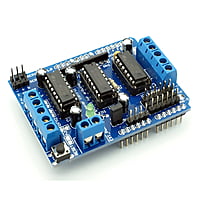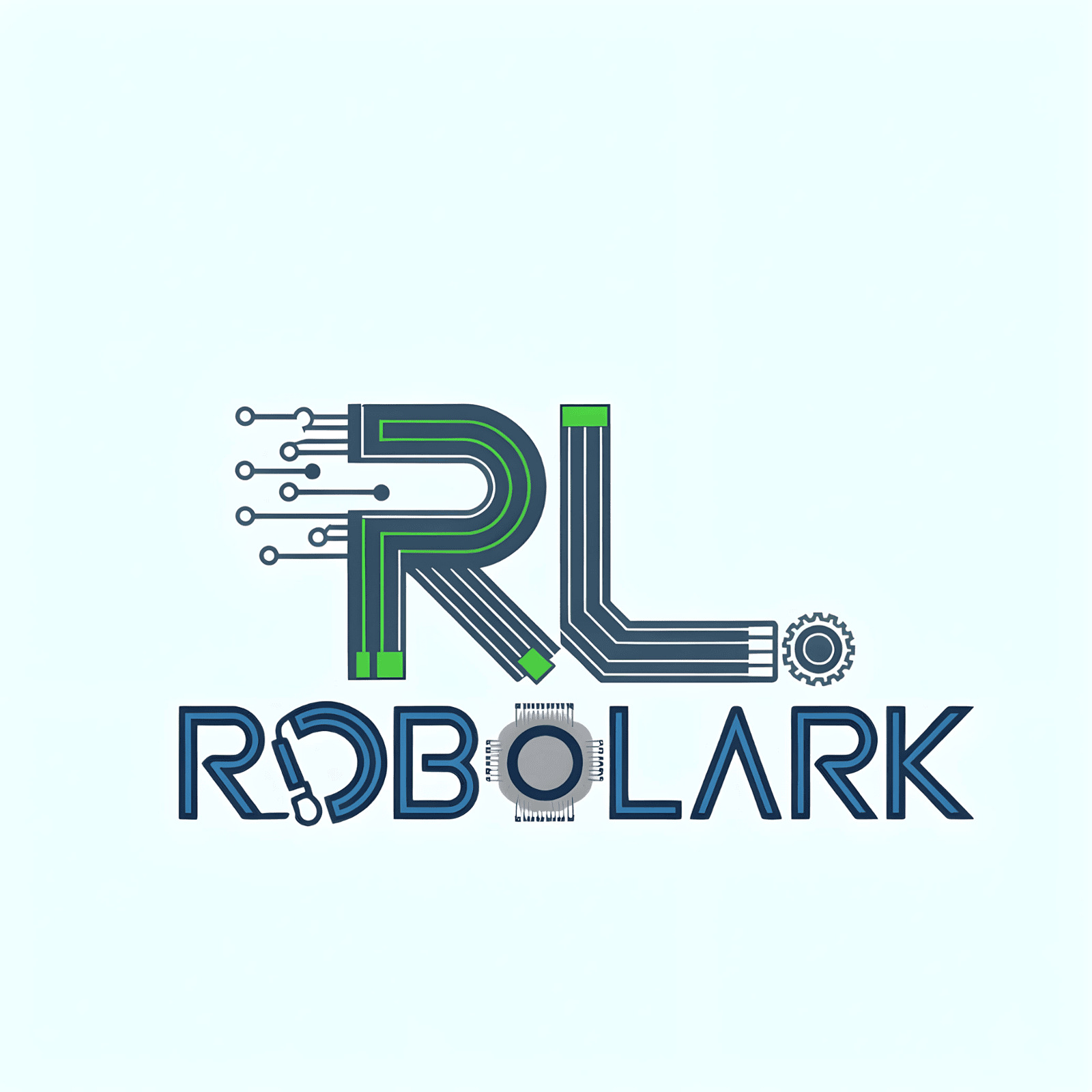





L293D Motor Driver Shield
Product Details
Key Features:-
Dual H-Bridge Configuration: The shield is equipped with two H-bridge motor driver circuits, allowing you to control the direction and speed of two DC motors independently. Each H-bridge can drive one motor.
High Current Handling: The L293D ICs on the shield can handle moderate to high currents, making it suitable for driving a wide range of DC motors, including those used in robotics and small vehicles.
Bidirectional Control: You can control the motors in both forward and reverse directions, enabling precise motor control for tasks like maneuvering a robot or controlling the movement of a vehicle.
Four Input Pins Per Motor: For each motor, there are four control pins:
- Enable (EN): This pin enables or disables the motor connected to the corresponding H-bridge.
- Input 1 (IN1) and Input 2 (IN2): These pins determine the motor's direction (forward, reverse, or off).
- Input 3 (IN3) and Input 4 (IN4): These pins control the motor's speed through pulse-width modulation (PWM) signals.
Built-in Protection: The shield includes built-in flyback diodes (also called freewheeling diodes) to protect against voltage spikes that can occur when the motors are turned off.
Easy Connectivity: The shield typically plugs directly into the header pins of an Arduino or compatible board, simplifying the wiring and connection process.
Voltage Compatibility: The shield often operates over a wide voltage range, which can vary depending on the manufacturer and design.
Functionality:
- The L293D Motor Driver Shield provides an interface between your microcontroller (e.g., Arduino) and the DC motors.
- You control the motors by sending appropriate signals to the shield through the control pins, specifying the motor's direction and speed.
- Speed control is achieved through PWM signals on the designated pins, allowing you to vary the motor's speed smoothly.
Applications:
- Robotics: Controlling the motors of mobile robots for movement.
- Remote-Controlled Vehicles: In hobbyist RC cars, tanks, and drones.
- Automation and Mechatronics: For controlling conveyor belts, automatic doors, and other machinery.
- Electronics Projects: In DIY electronics projects that require motor control.
- Prototyping: It is a popular choice for motor control when prototyping electronic designs using microcontrollers.


